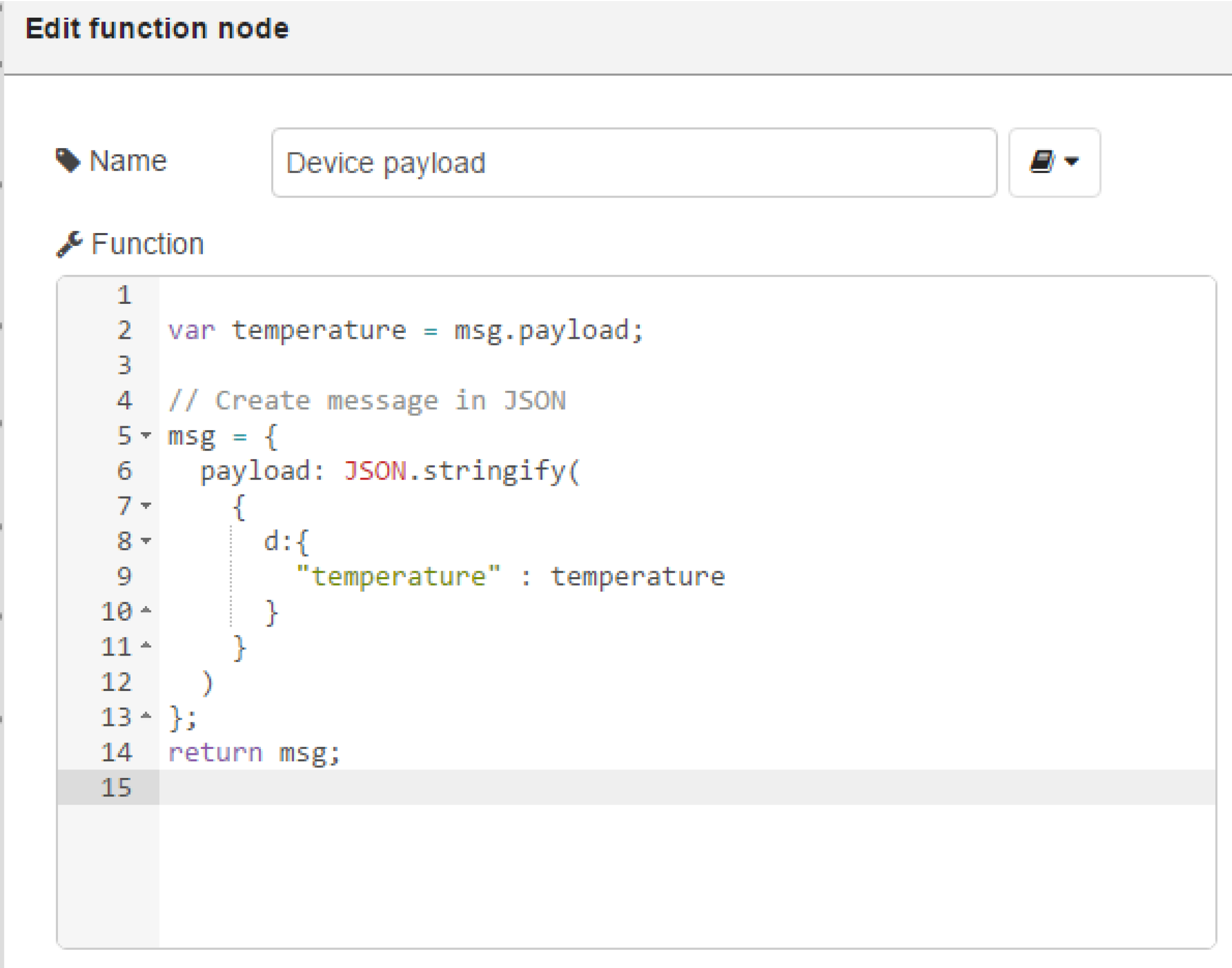

- #Node js http decode how to
- #Node js http decode code
- #Node js http decode download
- #Node js http decode free
#Node js http decode code
In Node.js it’s possible to compose powerful pieces of code by piping data to and from other smaller pieces of code, using streams.

Designing with composability in mind means several components can be combined in a certain way to produce the same type of result. They also give us the power of ‘composability’ in our code. However, streams are not only about working with media or big data. Instead, your browser receives the video as a continuous flow of chunks, allowing the recipients to start watching and/or listening almost immediately.
#Node js http decode download
Let’s take a “streaming” services such as YouTube or Netflix for example: these services don’t make you download the video and audio feed all at once. Using streams to process smaller chunks of data, makes it possible to read larger files.
#Node js http decode free
This makes streams really powerful when working with large amounts of data, for example, a file size can be larger than your free memory space, making it impossible to read the whole file into the memory in order to process it. What makes streams unique, is that instead of a program reading a file into memory all at once like in the traditional way, streams read chunks of data piece by piece, processing its content without keeping it all in memory. Streams are a way to handle reading/writing files, network communications, or any kind of end-to-end information exchange in an efficient way.

They are data-handling method and are used to read or write input into output sequentially. Streams are one of the fundamental concepts that power Node.js applications. We can figure this out! What are streams?
#Node js http decode how to
This article will help you understand streams and how to work with them. In the words of Dominic Tarr: “Streams are Node’s best and most misunderstood idea.” Even Dan Abramov, creator of Redux and core team member of React.js is afraid of Node streams. const buf1 = Buffer.Streams in Node.js have a reputation for being hard to work with, and even harder to understand.

Creates a zero-filled Buffer of length 10. Recommended to explicitly reference it via an import or require statement. While the Buffer class is available within the global scope, it is still Plain Uint8Arrays wherever Buffers are supported as well. The Buffer class is a subclass of JavaScript's Uint8Array class andĮxtends it with methods that cover additional use cases.


 0 kommentar(er)
0 kommentar(er)
